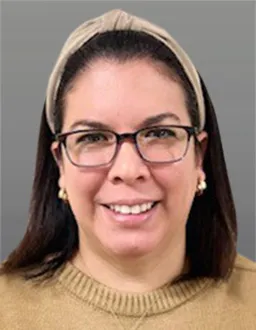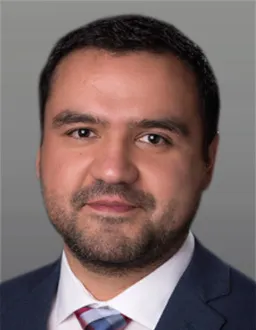A glioma is a kind of brain tumor that originates from glial cells that support and nourish neurons in the brain. Gliomas account for about 25 percent of childhood cancers, and most gliomas are both highly treatable and highly curable. The most common kind of glioma, called a pilocytic astrocytoma, has a cure rate of more than 90 percent.
Gliomas are divided into four grades, depending on the tumor cells' appearance under a microscope — the higher a tumor's grade number, the more severe it is. Grades 1 and 2 are considered low-grade gliomas and account for about two-thirds of all pediatric tumors. Grades 3 and 4 are considered high-grade gliomas. Gliomas can also be classified based on their location and by the kind of glial cell — astrocytes, oligodendrocytes, or ependymocytes — from which they arise.





